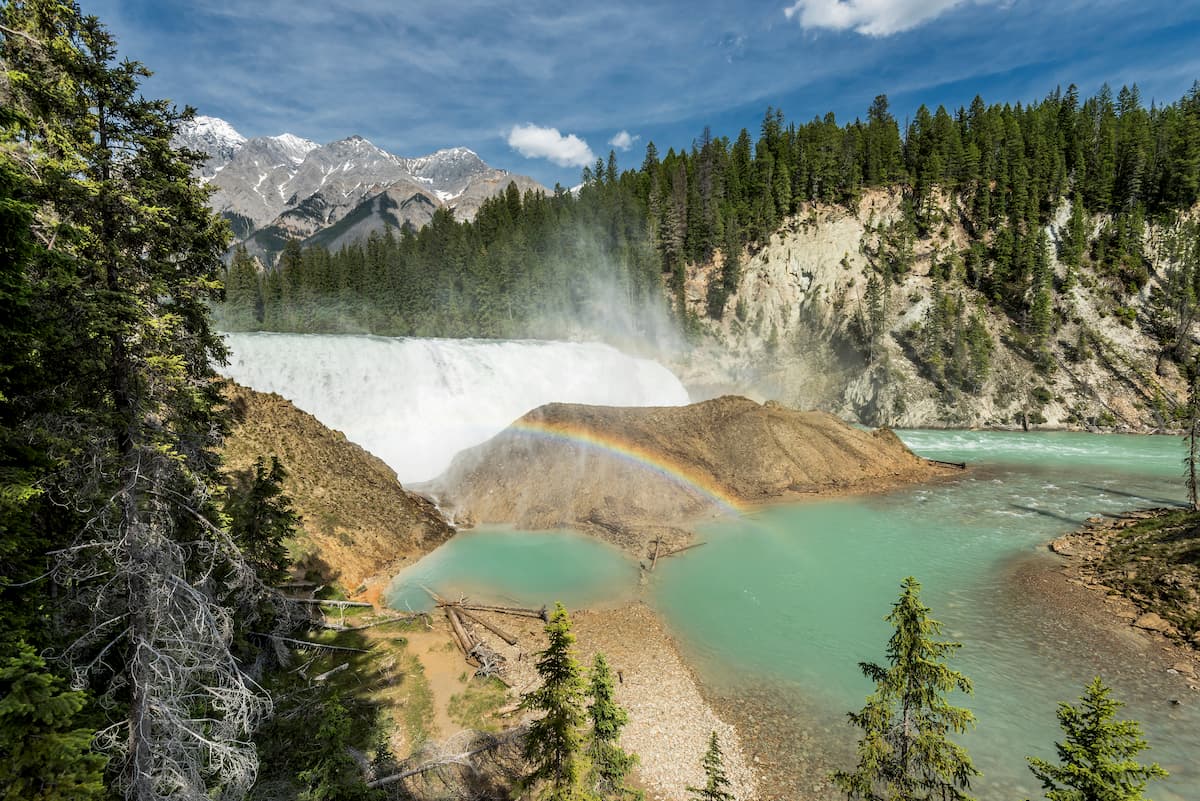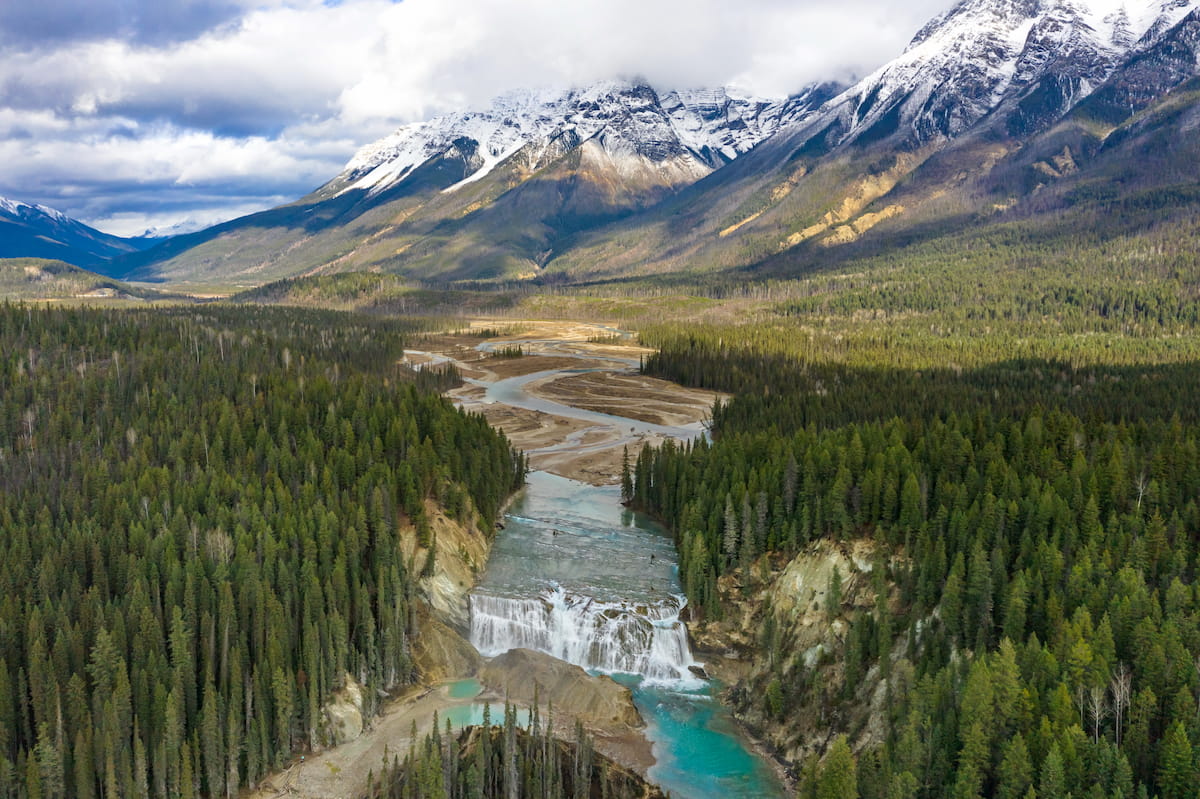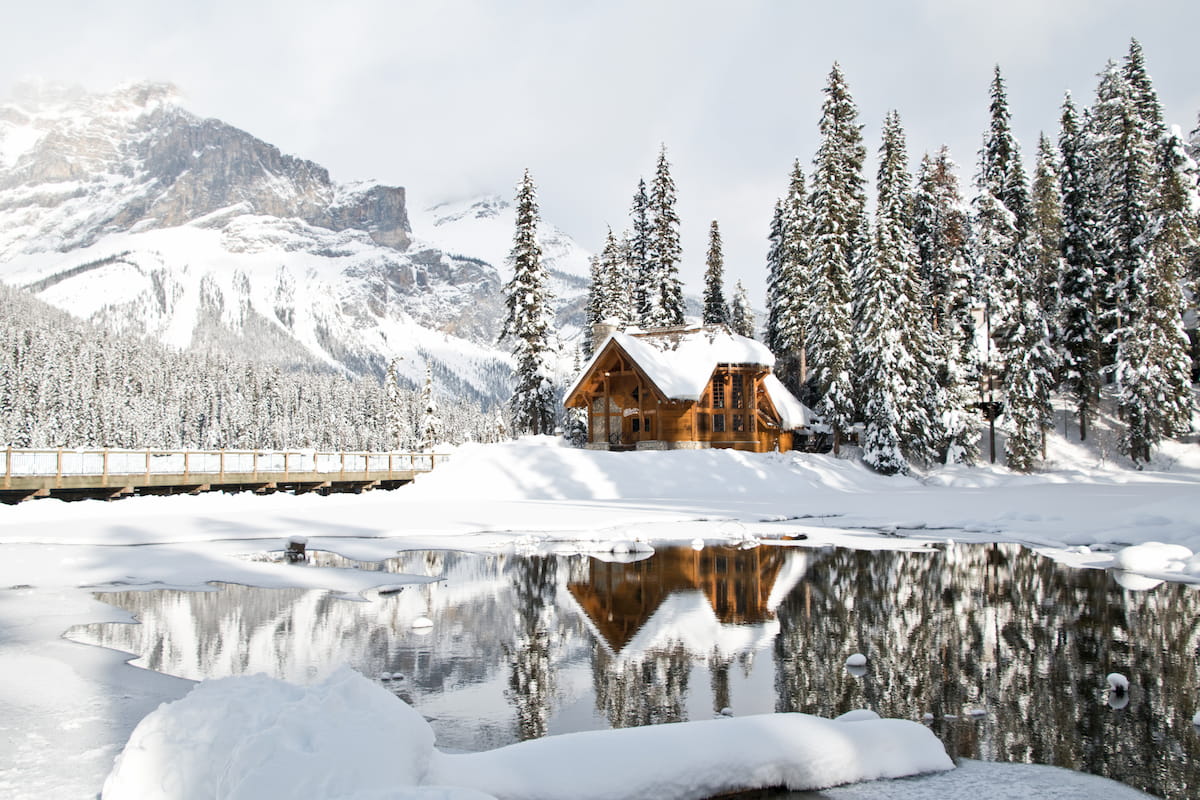Get PeakVisor App
Sign In
Search by GPS coordinates
- Latitude
- ° ' ''
- Longitude
- ° ' ''
- Units of Length

Yes
Cancel
Share ×

Scan the QR code and open PeakVisor on your phone
❤ Wishlist ×
Choose
Delete
Located northeast of Golden, British Columbia, west of the Wapta Icefield, and north of the Kicking Horse River, the Van Horne Range is a wild and remote subrange of the Canadian Rockies.

Allegedly, the range was named by an alpine climber to honor Cornelius Van Horne, former president of the Canadian Pacific Railway. Van Horne is best-known for his role in overseeing the construction of the first Canadian transcontinental railway, a project that was completed in half the projected time. Van Horne’s vision for the railway was to bring wealthy tourists to the Canadian Rockies and ignite western Canada’s adventure tourism.
Geologically, Van Horne summits are highly eroded and contain slight glaciation. The oldest mountains in the Rockies, the Van Hornes are composed of sedimentary rock laid down during the Cambrian period. This set of summits formed in shallow seas and was pushed over the top of younger rock more than 35 million years ago.
Part of the range lies along the western edge of Yoho National Park. Impressive 9,000-foot summits, including Mount King, Mount Deville, and Mount Hunter lie within the park boundaries. Mount King is arguably the most recognizable of the Van Horne summits because it can be seen from Highway 1 along the Trans-Canada Highway.
Located in Yoho National Park, the Mount Hunter trail is a steep, forested footpath that leads to a historic fire tower. There are two options – the lower lookout (4.4 miles) and upper lookout (7.5 miles). The trail is narrow and follows the edge of a ridge, offering stunning views of the Kicking Horse and Beaverfoot river valleys.
The Wapta Falls trail is an outstanding family-friendly trek that travels along the relatively level forest floor to the stunning 180-foot Wapta Falls. There is a small lookout at the top of the falls, but adventurous visitors can scramble to the base of the falls to get a closer look. There is also a large mound in front of the falls that provides an awesome view of the entire waterfall – just be prepared to get soaking wet!

The 4-mile trail to Thompson Falls follows the east bank of the Blaeberry River, ending where the Blaeberry River meets a gorge at Thompson Falls. The start of the trail is mostly flat as it follows the river, but it quickly begins to climb once you enter the woods.
Located along the Trans-Canada Highway, in the Columbia River Valley, Golden is a quaint mountain town surrounded on three sides by stunning mountain ranges. Six of Canada’s most beloved National Parks are nearby, making this the ideal destination for outdoor enthusiasts. In the summer, Golden is popular among hikers, bikers, and climbers, while in the winter, the town turns into an epic destination for skiing, skating, snowboarding, and ice climbing.
Located in the Kicking Horse River Valley, Field sits within Yoho National Park and serves as the perfect basecamp for adventures in the park. Field isn’t a particularly large city, but what it lacks in size it more than makes up for in charm. Surrounded by the illustrious Canadian Rockies, Field is just a short drive from popular Yoho attractions and trails like Takakkaw Falls, the Spiral Tunnels, and Burgess Shale, as well as the infamous Icefields Parkway. This tiny historic town isn’t exactly teeming with services, but it’s an excellent option for visitors that are looking to escape the crowds of nearby Lake Louise.

A quintessential Canadian Rocky resort, The Emerald Lake Lodge sits on the shores of Yoho’s most iconic lake – Emerald Lake. Surrounded by stunning Rocky Mountain summits, the lodge offers visitors an opportunity to wake up to breathtaking vistas and incredible mountainscapes. The lodge was built of hand-hewn timber, features massive stone fireplaces, and includes an elegant dining room. Emerald Lake Lodge is just 14 miles from neighboring attractions and trails, including the Lake Louise Ski Area and Lake Louise.

Explore Van Horne Range with the PeakVisor 3D Map and identify its summits.




